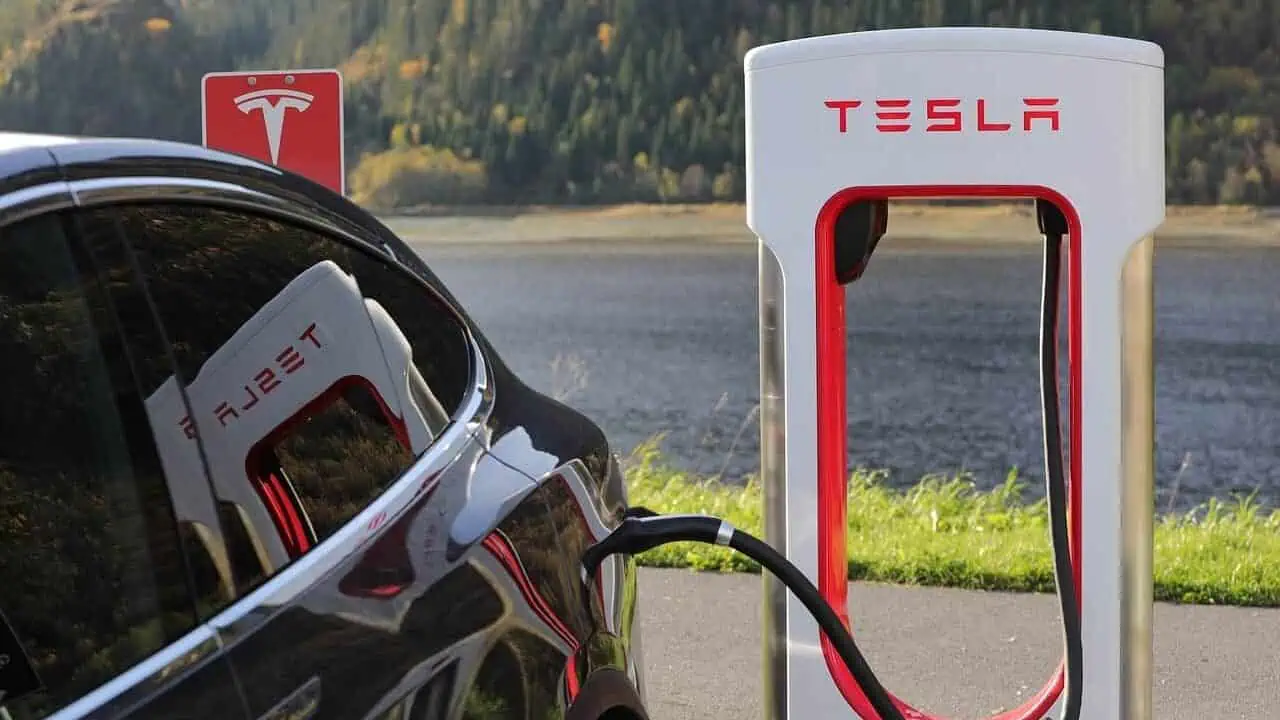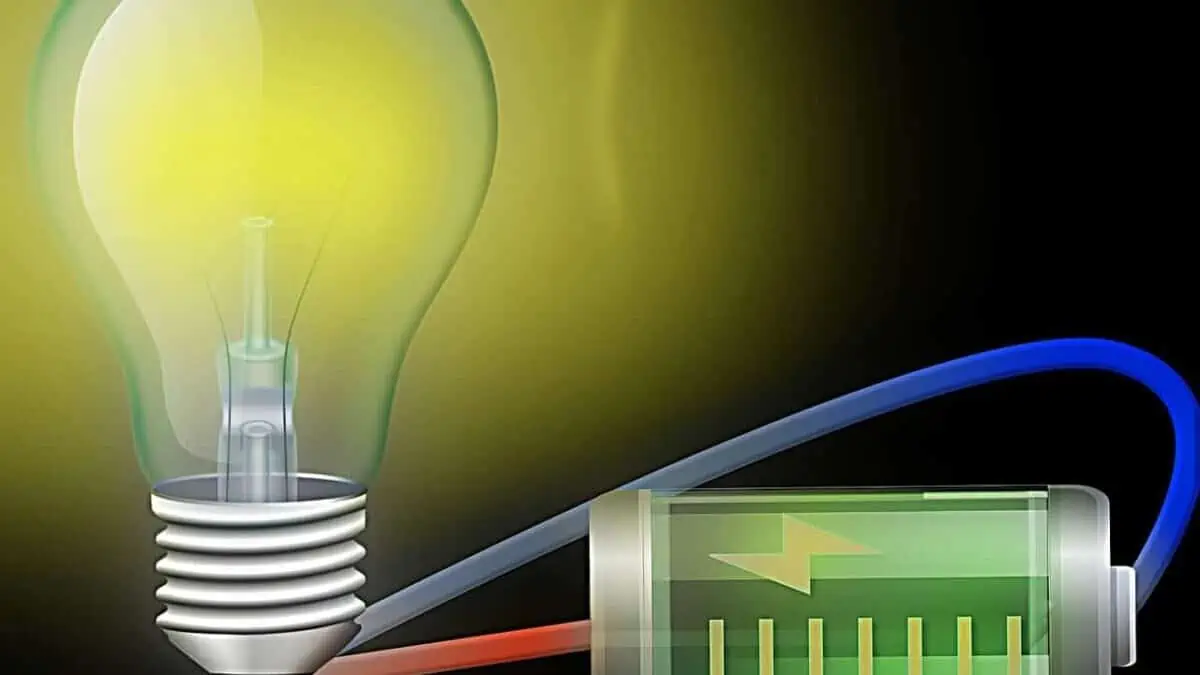Tesla currently does not equip its electric vehicles with bi-directional charging capability. Finally, the EV giant announced during the Investor Day event that it will launch the technology by 2025.
For context, bi-directional charging enables EVs to transmit energy from their own battery to other devices or even the electric grid.
Note: The full video of the discussion is embedded at the bottom of this article.
Why did Tesla hold off on adding the bi-directional charging capability to its EV portfolio?
At the company event’s Q&A segment, Senior VP of Powertrain and Energy Engineering Drew Baglino disclosed that the bi-directional charging capabilities were initially not a top priority.
“It wasn’t like a conscious decision to not do it; it just wasn’t a priority at the time.”
Drew Baglino, Senior VP of Powertrain and Energy Engineering
Nonetheless, he officially declared that Tesla is currently overhauling its EVs’ power electronics.
“…will bring that functionality to all of our vehicles over the next two years, let’s say.
We’ve found ways to bring bi-directionality while actually reducing the cost of power electronics in the vehicle.”
Drew Baglino, Senior VP of Powertrain and Energy Engineering
CEO Elon Musk engaged in the discussion, stating that he was not anticipating all Tesla EV owners to adopt the feature.
“I don’t think very many people are going to use bi-directional charging, unless you have a Powerwall. Because if you unplug your car, your house goes dark. And this is extremely inconvenient.”
CEO Elon Musk
The idea was supported by Senior VP Baglino, stating that the key to getting the most out of the system is timing the car’s charge. Simply put, directing energy in the opposite direction isn’t the functionality’s point.
See Also:
- Tesla, Government to partner for expanding Supercharger network to all EVs in the US
- New Tesla app update provides more charging data
Musk wrapped up the discussion by stating that he sees some potential for bi-directional charging as an additional energy source in the future, particularly for Tesla owners who have a Powerwall installed at their residences.
“If you have a Powerwall that can take that house load, then you can use your car as a supplementary energy source to the Powerwall, and then you know you’re not going to drive everyone crazy by unplugging your car having the house go off.
So I think there’s some value there as a supplemental energy source down the road, where if you have a Powerwall, you’ve not diminished the convenience of the people in the house.”
CEO Elon Musk
Given Tesla’s past hesitation to adopt this technology and Elon Musk’s remarks above, it is unclear whether the automaker will pursue it by 2025.






